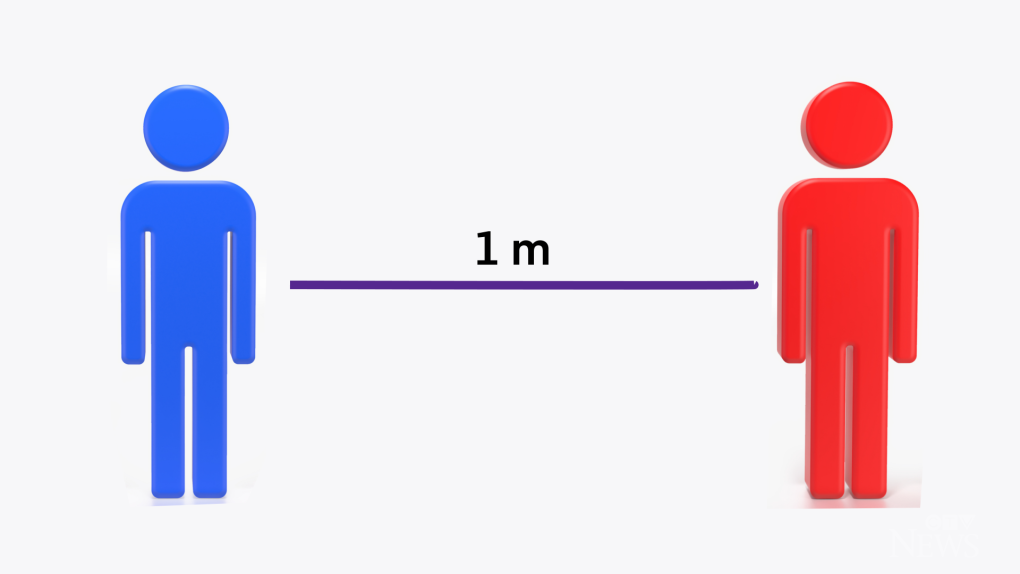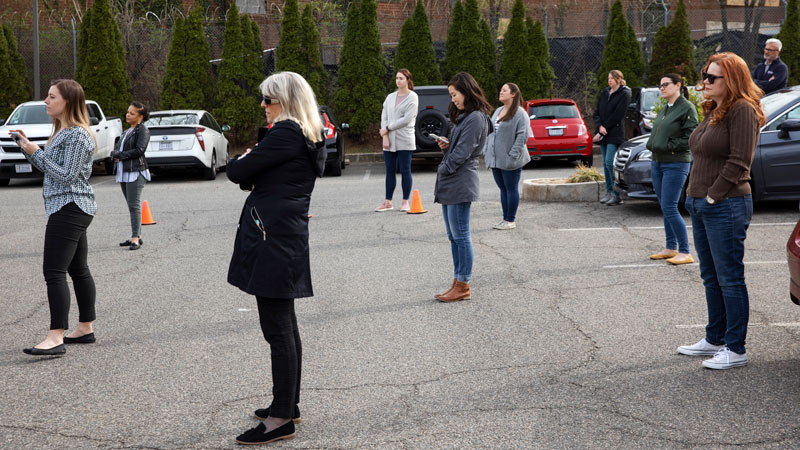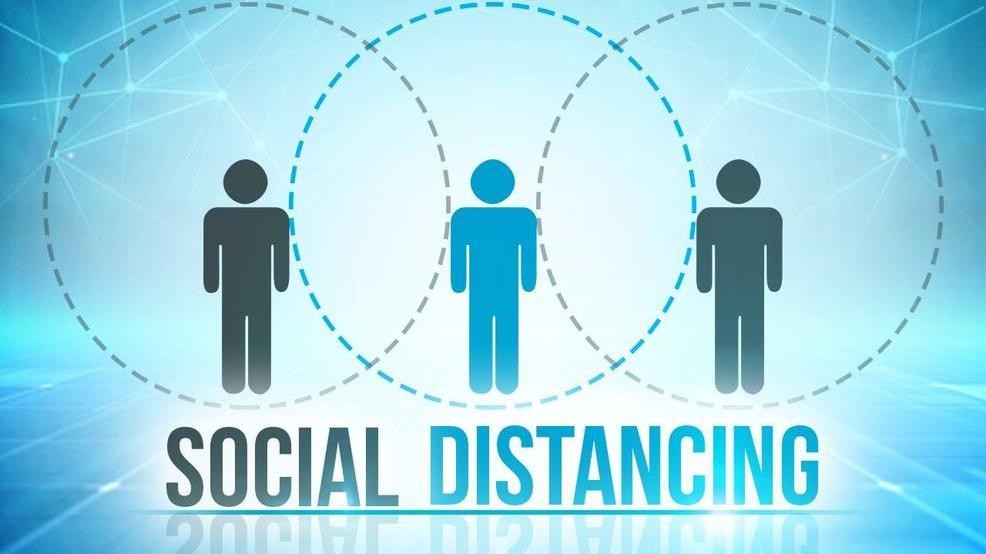
As this COVID-19 is continuing to spread almost everywhere around the world, people are advised to maintain a one-meter distance between everyone around them. I know it’s hard to do that especially in a crowded place. Well, that’s why the term social distancing was introduced to prevent the propagation of the COVID-19 among the people. According to Wikipedia, social distancing is a set of non-pharmaceutical infection control actions intended to stop or slow down the spread of a contagious disease. The term social distancing is to reduce the probability of contact between persons carrying an infection, and others who are not infected, to minimize disease transmission, morbidity, and ultimately mortality.

Social distancing has resulted in many businesses and entertainment centers to close temporarily in order to protect people from the spreading of this virus. It is important to know that social distancing also means not touching other people, and that includes handshakes or hugs. This term is often confused with other terms such as isolation and quarantine. So, what is it about and why you need to understand the difference between these?
Isolation – If you identify everyone who has been infected with the virus and safely isolate them from other human contact while they are in treatment, then you can stop the outbreaks for which there are no vaccines or treatments. Isolation is defined by being alone in a room with all amenities as well as proper medical care. A key to making isolation work is to pair it with contact tracing. While sick patients are in isolation, public health workers can do detective work, figuring out all the people those patients had contact with. That way, they can find a patient’s source of the disease and potentially isolate them, as well as identify people who are at risk of contracting the disease and place them under isolation or quarantine. Remember not everyone needs to be in isolation, only the sick and medically-inabled should be isolated. Isolation was the main way the 2003 SARS outbreak was contained.
Quarantine – People who have been exposed to an infection are asked to remain at home or in another place, isolated from other people. Quarantines target individuals who have traveled to affected countries or could end up involving other people. The COVID-19 outbreak has state governments in the largest cities around the world as well as the smallest islands to place many people in quarantine to protect the other citizens. There are people who self-quarantining themselves in order to protect themselves and the people around them from this disease. The practice of isolating people who may have been exposed to this virus in order prevent them from spreading this illness before they start experiencing symptoms. If you have been exposed, it is better to go in quarantine than to stay with your family as they could be infected afterwards. The authorities could force you to stay at home or detain you in a facility. Quarantines are not always safe as there is a risk of the infection to spread to more people. Quarantines can sometimes result in more cases, like what happened on the Diamond Princess cruise ship. There, quarantine led to more people becoming infected.
Social distancing – It is not the same a self-quarantine or isolation, the two other practices are being utilized to minimize the coronavirus spread. According to a medical professional, social distancing is a very general term, so there is a lot of different types of measures that fall under it. Social distancing also means not touching other people, and that includes handshakes. Physical touch is the most likely way a person will catch the coronavirus and the easiest way to spread it. Remember, keep that 6-foot distance and don’t touch.

Social distancing can never prevent 100% of transmissions, but by following these simple rules, individuals can play a critical role in slowing the spread of the coronavirus. If the number of cases isn’t kept below what the health care system can handle at any one time – called flattening the curve – hospitals could become overwhelmed, leading to unnecessary deaths and suffering.
Why does Social distancing work?
If followed correctly and on a large scale, social distancing breaks or slows the chain of transmission from person to person. As a preventive measure, people can spread the coronavirus for at least five days before they show the symptoms. That is why social distancing is so important as it limits the number of people an infected person comes in contact with- and potentially spread the virus to – before they even realize they have the coronavirus. It’s very important to take a possibility of exposure seriously and quarantine yourself. According to recently published research, self-quarantine should last 14 days to cover the period during which a person could reasonably present with symptoms of COVID-19, the disease caused by the coronavirus. If after two weeks they still don’t have symptoms, then it’s reasonable to end the quarantine. Shorter quarantine periods could happen for asymptomatic people as tests to rule out the virus become widely available.

Is Social distancing crucial?
During this time of crisis, social distancing is the best solution to have in order to prevent this disease from spreading to everyone. Experts have estimated that a vaccine is 12 to 18 months away. Remember, there are no drugs available that can slow down a coronavirus infection. The only effective tactic is to promote social distancing among people living in colonies or in residential apartments. The way to do that is to slow or stop the spread of the virus and decrease the number of cases at any one time.
Who should do it?
This is a practice that everyone around the world should accept and do it in order to flatten the curve that is everyday increasing. Remember staying at home and maintaining a social distance is the best way to keep yourself and your family safe.
